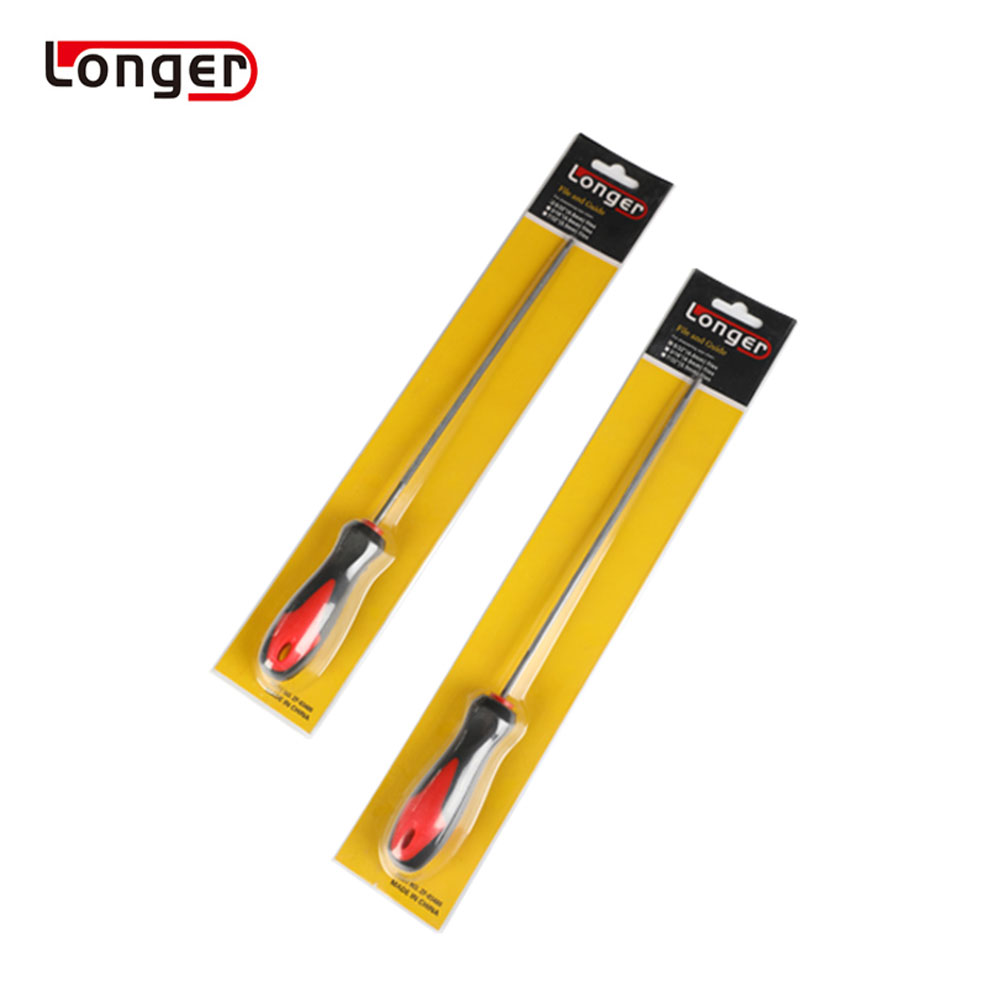Designed to slice through dense wood without breaking or cracking, a chainsaw bar is made from the strongest steel possible. But even the sturdiest of bars will eventually need replacement after extensive use.
When it’s time for a new bar, the best indicator is the appearance of a burr or other deformation on the cutting edge. Fortunately, these are easily fixed.
Most chains and bars are made from one solid piece of steel. This gives them superior strength, but they may not be as flexible as laminated bars.
During the production process, they are often coated with Stellite (a cobalt-chromium alloy) to prevent them from rusting. They also go through an induction-hardening process to ensure they can withstand the wear and tear of a long and rigorous chainsaw operation.
The bar is then stamped into place. It is then soldered at the cut points using gold solder. Once soldered, it is annealed multiple times to ensure the links are in a uniform plane. This helps to prevent the links from twisting during the cutting process. After annealing, it is cleaned in ultrasonic cleaning solution. This enables it to be reused and recycled.
The Materials
A chain bar is a circular section of metal with grooves cut in the edges within which the chain runs. It is used on chainsaws to provide a smooth cutting surface and prevent wear and tear on the saw's cutting edge.
A variety of materials are used to make a chain bar. These include solid steel, which offers a higher level of strength and rigidity than laminated bars, as well as carbide-tipped chains that are ideal for cutting hard and dirty materials.
The type of chain you choose depends on the application and your budget. For example, a full chisel chain will be more effective and faster at cutting than a semi-chisel chain, but it may be harder to maintain.
You can also find a chain with a specific gauge and pitch, which determines the size of the chain. This information is usually printed on the bar or drive sprocket. Generally, a smaller gauge will be better suited for lighter usage, while a larger gauge will be more suitable for heavier use.
The Welding
Chains are made from a steel wire or bar that's cut and bent into a specific link shape, then welded together using energy-intensive processes like resistance or flash butt welding. The limiting factors to these conventional methods are the shape of the chain links (round) and the strength of the metal, which depends on its carbon content and alloying elements.
The invention relates to a guide bar for power-driven chain saws in which two side parts are welded to each other and the intermediate part is formed of a material having a low specific weight. This reduces the guide bar's weight compared to known guide bars, thereby increasing its durability.
To achieve this, the side parts 2 and 3 are positioned in recesses 5 of the intermediate part 4 and joined by steel inserts 6 which project beyond the intermediate part 4. These steel inserts have a shape that corresponds to a recess 5, such as spherical or basically cylindrical.
The Finishing
Finishing is a process in which metal products are modified to achieve desired properties. Several different processes are used, and each has its own advantages and disadvantages depending on material characteristics and production speed.
For example, chemical finishing uses chemicals that have specific and unique properties configured for particular metals. These chemicals are melted and mixed into a slurry, then sprayed onto a product's surface and cured in an oven to create a matte coating.
Other finishing methods include case hardening, hot blackening, and powder coating. These processes are used to add abrasion resistance, improve aesthetics, and increase a product's durability.
When replacing a chainsaw bar, the pitch of the chain must match the bar's groove and the bar's drive sprocket to maintain compatibility with the saw. Manufacturers laser etch the chain pitch and gauge at the rear of the bar, but this information can wear off over time.










